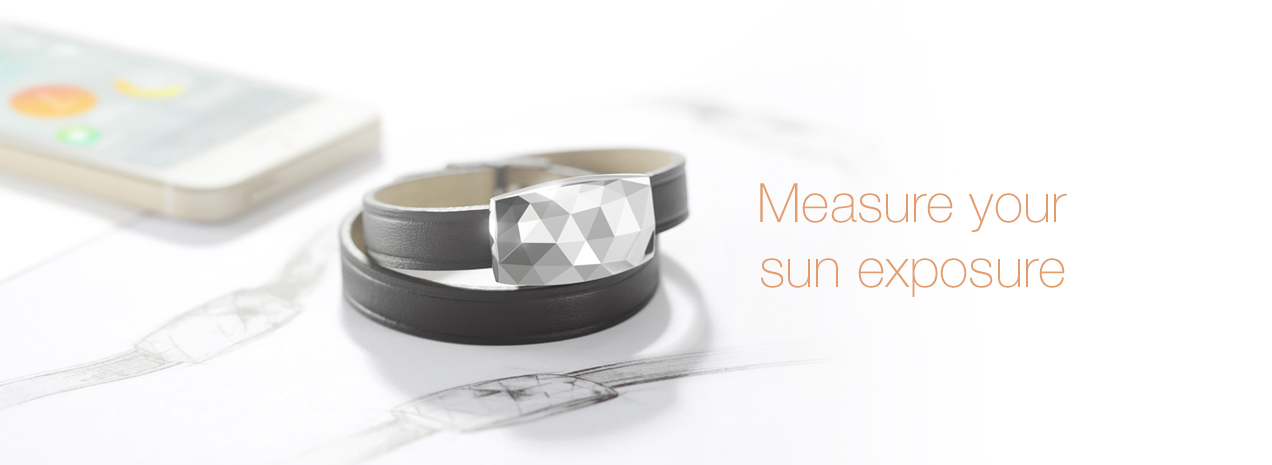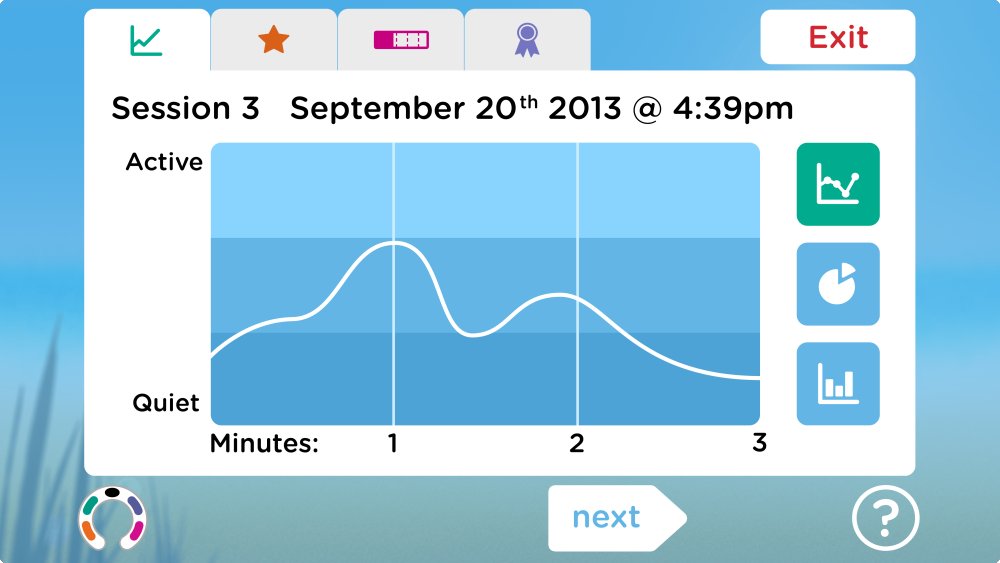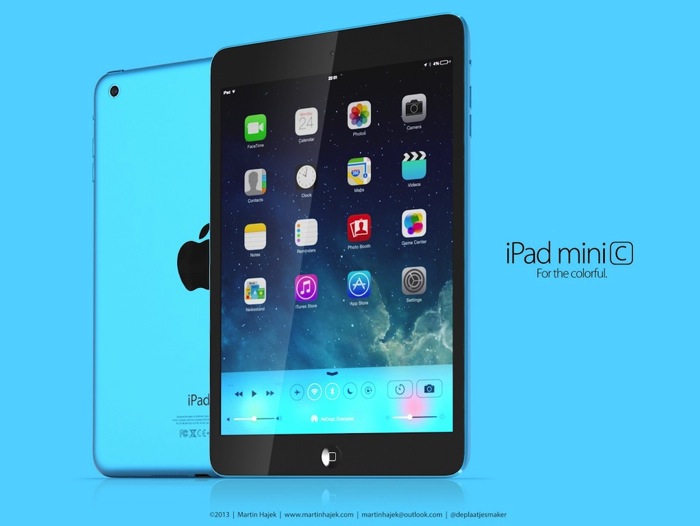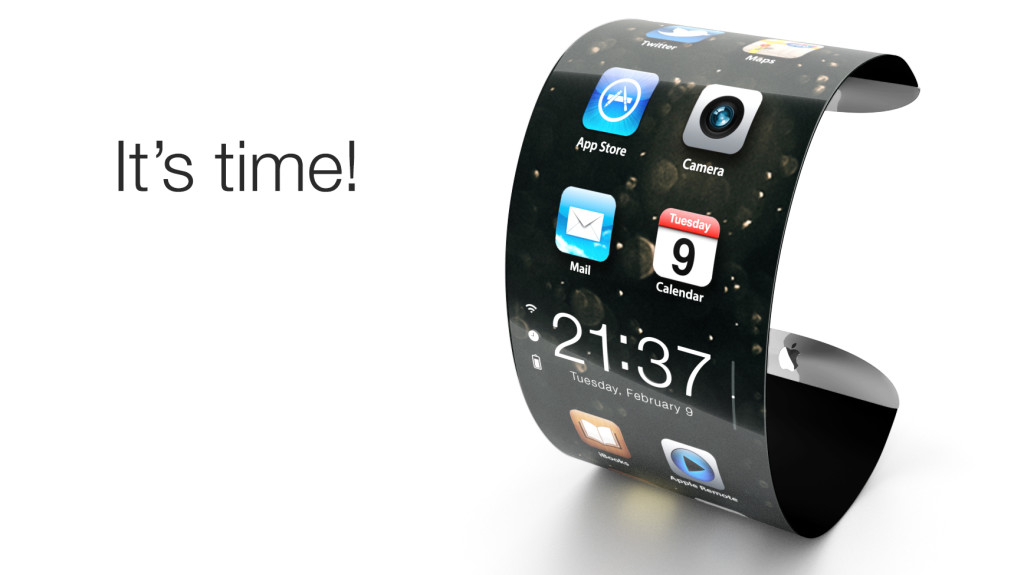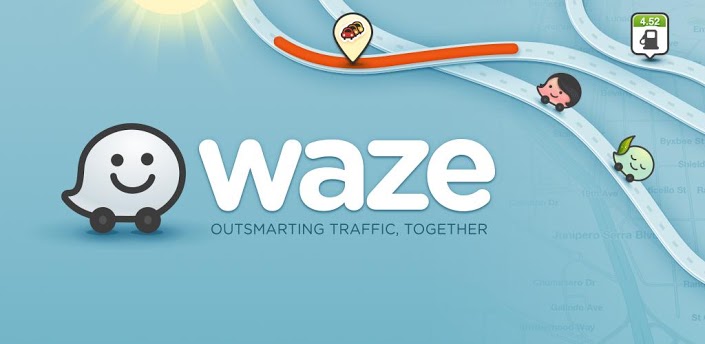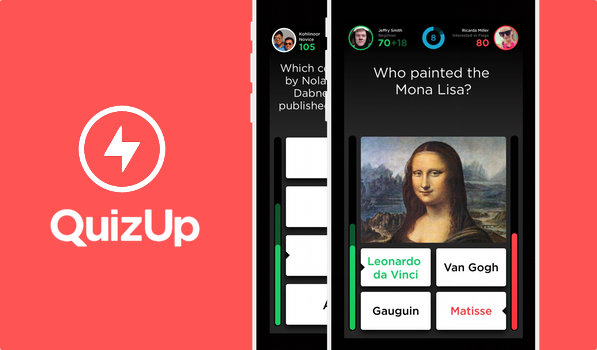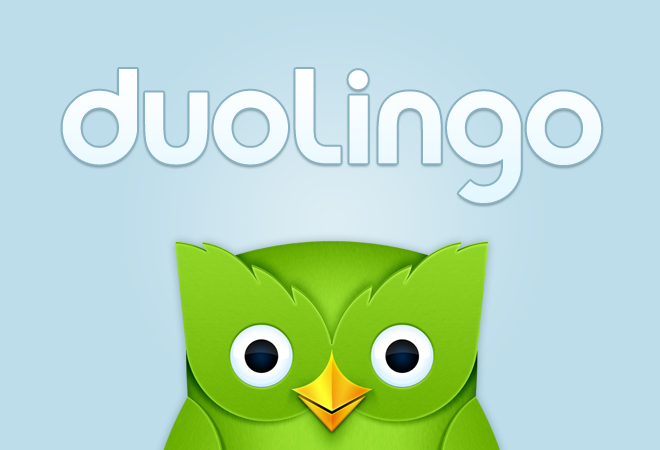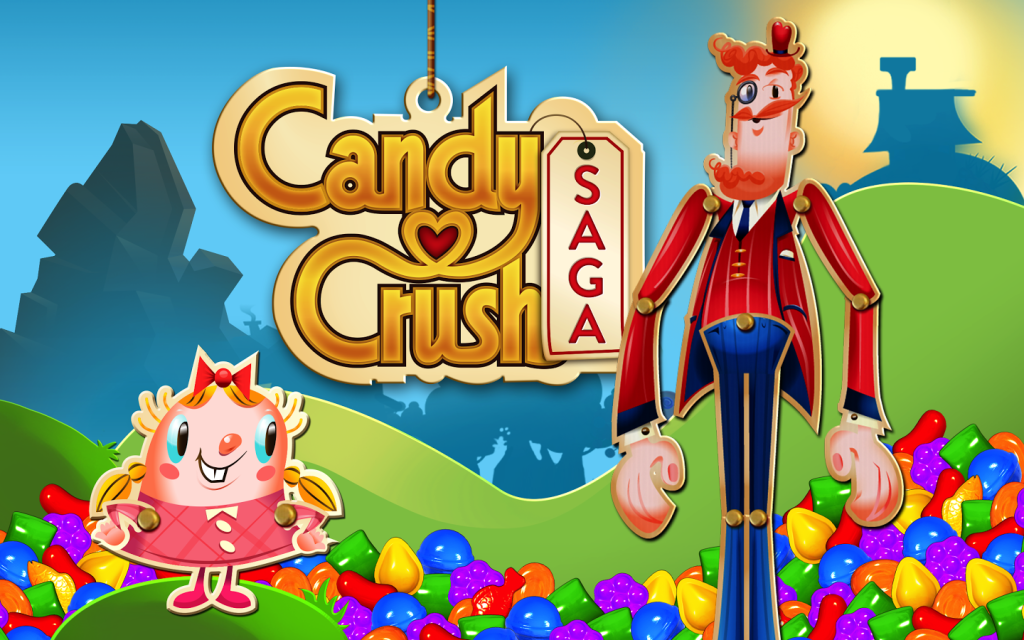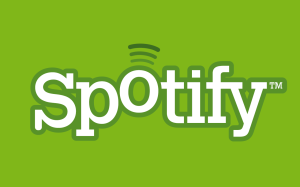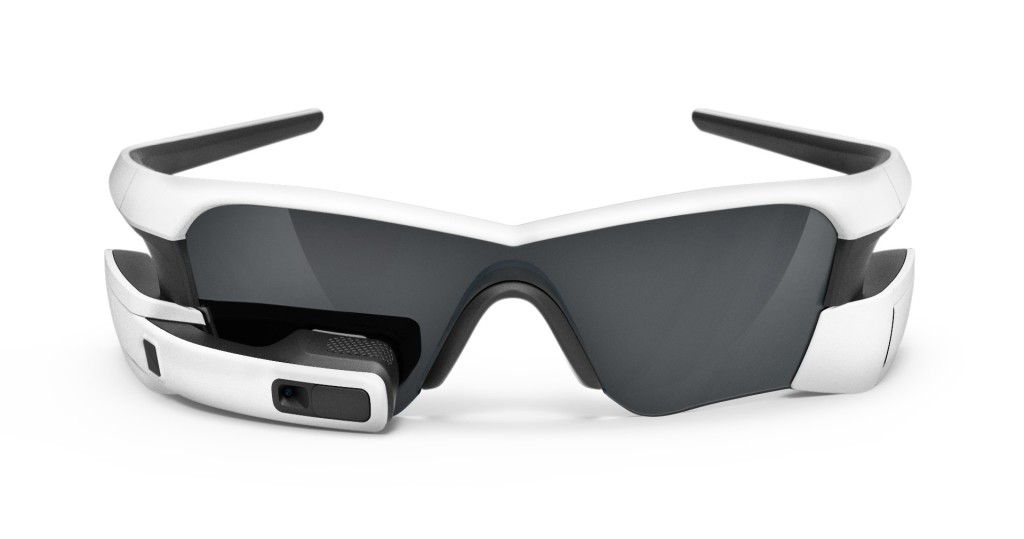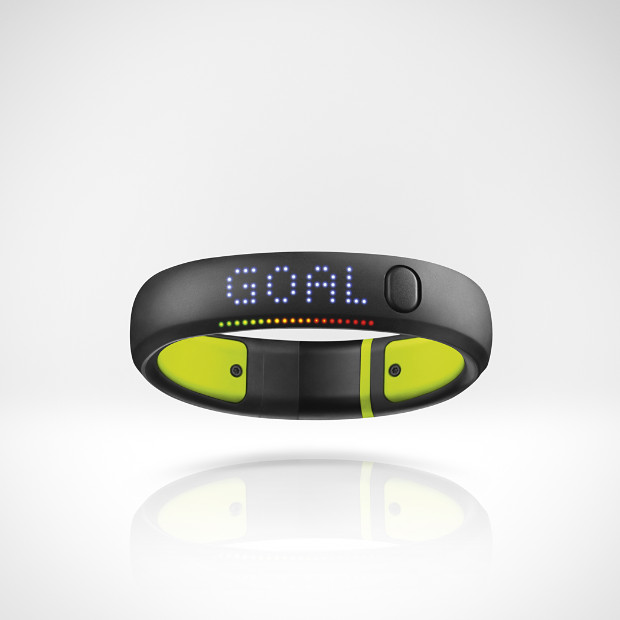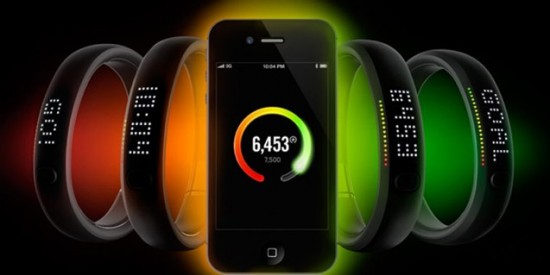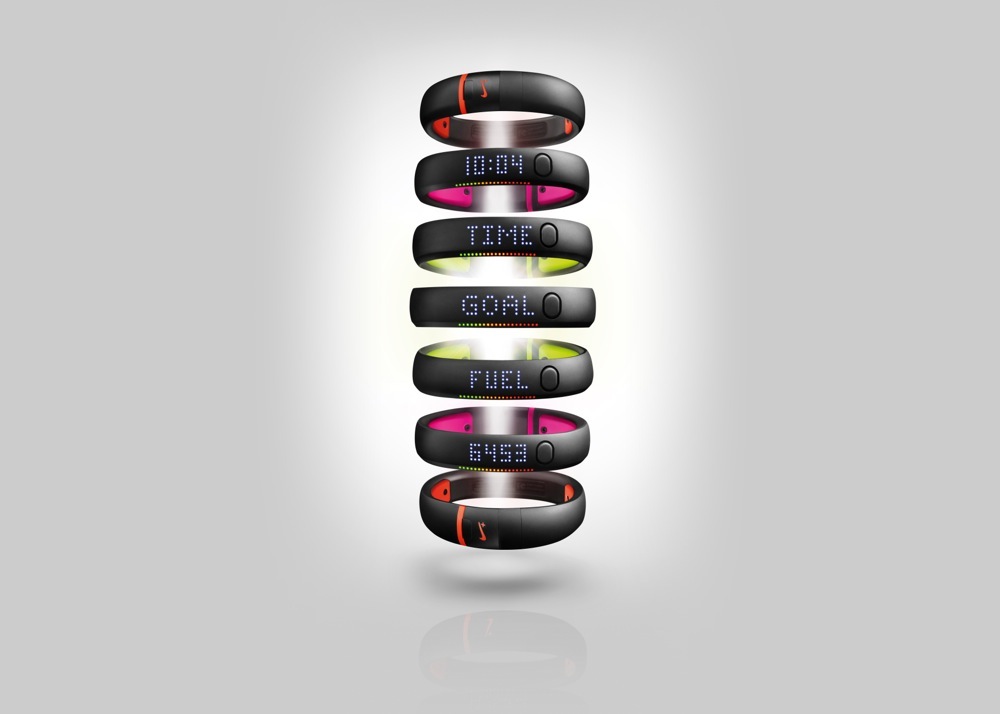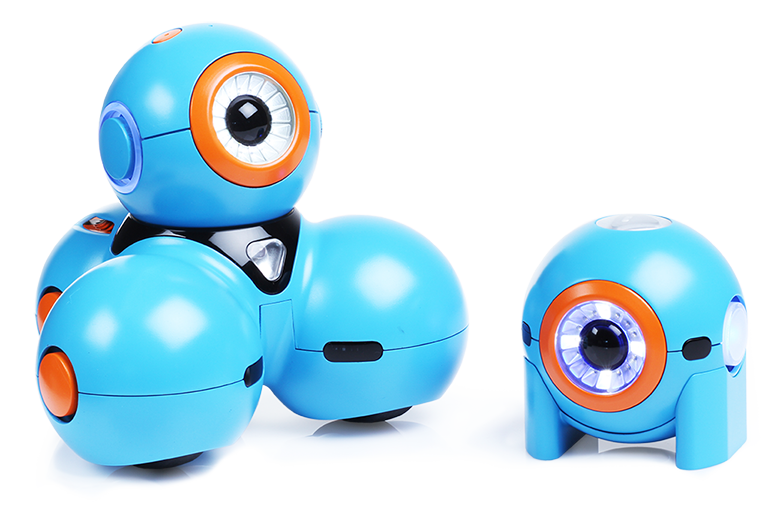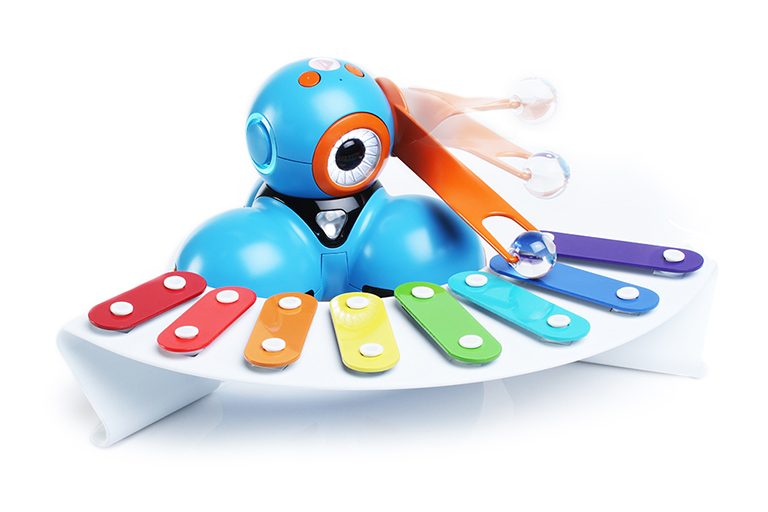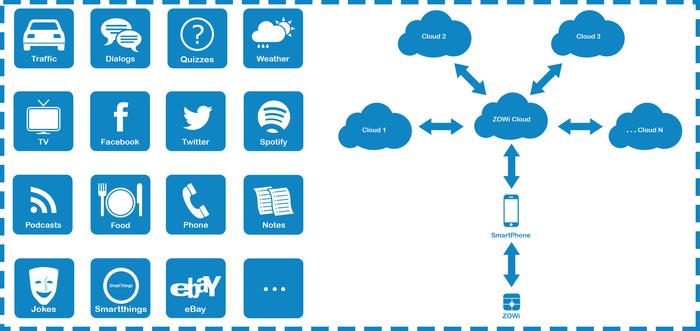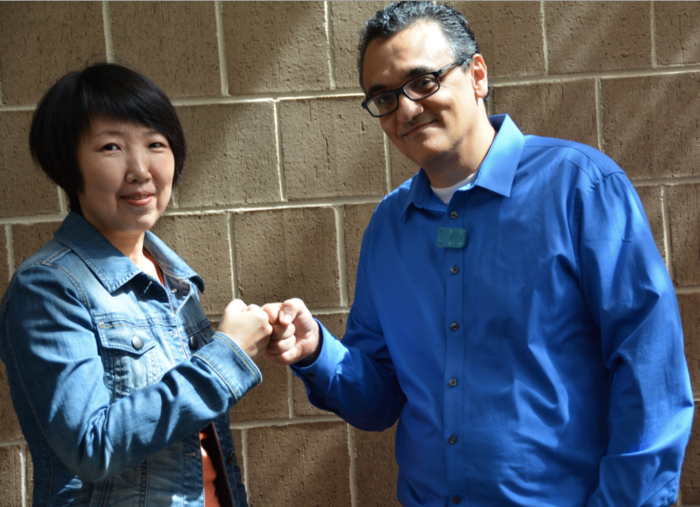-

-

-

-

-

-

-

-

-

-

-
-

-

-

-

-

-

-

-

-

-

-

-

-

-

-

-

-

-

-

-

-

-

-

-

-

-

-

-

-

-

-
-

-

-
 TOTW: Google's Project Ara Modular Phone May Be The Future Of SmartphonesOctober 30, 2014
TOTW: Google's Project Ara Modular Phone May Be The Future Of SmartphonesOctober 30, 2014 -

-

-

-

-

-

-

-

-

-

-

-

-

-

-
-
-

-

-

-

-

-

-

-

-

Posts tagged gadgets
TOTW: June, The Skin Savior Bracelet
0Daily life for the average Joe is being changed by technology constantly, like it always has, but in the 21st century, anyone could do it. From small entrepreneurs to big name brands, anyone, with the right idea and skills, could dramatically change the world and leave his or her mark on the world. Smart devices, especially, is a great way to get known. If you have the right skills, technology could lead you to be famous, or at least bought by Google. If your product helps people in daily life, or even better, is something that they would use everyday and improve life. These product are popular right now, and are getting churned out, some good, some unuseful. Netatmo has made a couple, including the new June bracelet.
June is a fake crystal-ish (plastic) piece of jewelry, which can be worn as a brooch or bracelet. Of course, I wouldn’t be talking about it here if it didn’t have a special ability, and it does. Do you know somebody who is paranoid about the sun and sunscreen, and rightfully so? I hate to say it, but most people are putting on little to none sunscreen, leading to burns and for fair-skinned people, skin cancer. June, if put somewhere accessible on your body, can measure the current UV rating and sun dosage, track it over time, and tell you if you need to stay inside more or less.
Not only that, but not many people know or care when to reapply the sunscreen, let alone put it on in the first place. June can help you. It can alert you when it is sunny enough for sunscreen, and when to reapply it. Even if you ignore it, at least it will teach you about your evil (in the skin’s perspective) ways. This product, including others, such as Nest thermostat and Google Glass, will soon make the world, and everything in it, smart. For better or worse.
TOTW: Muse, The Brain Sensing Headband
0Brain sensing technology is definitely one of the most futuristic and long-awaited technology ever. People have been fantasizing of a time where you can control computers and robots with your mind, or police having the ability to read minds for a long time. These times are still yet to come, but with technology moving so fast, it can’t be too long. For now, we have minor brain sensing products, including Muse, a brain sensing stress tamer.
Muse, shown off at the CES 2014, is a headband. But not a normal headband, obviously. On the underside of the band, there are sensors that can take in your brainwaves, sort them out, and then diagnose whether you are relaxed, stressed focused and more. Just with this data, you can help yourself. But Muse wanted to make this a full experience, not just a data collector. So they paired their device with an app.
To start, the Muse app takes in your data and allows you to look at it in charts and other helpful ways. But, in a way you couldn’t do by yourself, it gives you mini-games, utilizing your Muse, that help strengthen your focus and relax you when you’re stressed. If you use these games, over time, you could work more efficiently and hopefully make your life better.
That is just a hope, though. Many products, especially new ones, don’t deliver like they’re supposed to. The software is too slow, it breaks, it’s ugly (in Pebbles case) or another problem like that. I know it’s not ugly, since we can see the close-to-final product, but the if the software or the sensibility is off, the whole thing could come crashing down. Still, it has worked at the demos and it worked at the CES, so I have high hopes for this one. We’ll just have to wait and see. Or think, for that matter. Wait and think.
TOTW: Coin, The Credit Card Reinvented
0Wallets these days are getting bigger and bigger. More cards, ranging from gift cards to credit cards, and more cash have been appearing in wallets everywhere. Minimalism has been a big trend these days, especially in Kickstarter, with many many minimalist wallets coming to market. That may be good for some of us, but I know for a fact I need all the things in my wallet and can’t just give up one. Cards, the item which takes up the most space, are unfortunately the most important part of a wallet. You can’t just leave them out. But the creators of Coin came up with a new way to slim you wallet.
Coin is a card. But it isn’t just any card. It looks like a regular card from the back, with fine print and a bar to sign on, but on the front, it looks very odd. That’s because it is completely devoid of numbers or logos or anything to identify it as Chase or Wells Fargo. On the front, there is a screen and a circle underneath. That’s it. Coin can afford to do this because it isn’t a credit or debit card for any particular company. It’s one card for all, and all cards for one.
That’s what makes coin special. The one card can be used as any card, of any type. Even membership cards. To add a card, just open Coin’s application and insert coins card reader, and swipe. The card will then be visible in the tiny screen on the card when you hit the button. You can scroll through the different cards, and when you find the one you can to use, you can just swipe. To make it easy, you can have the card say “shop”, “work”, or “starbucks”(for gift cards) so that you don’t have to figure out which card to use.
Not only does Coin slim you wallet, but it also alerts your phone when your Coin is not near you, averting situations with lost wallets. The Auto-Lock feature even disables Coin when you are not near or left it behind. Really, this is a product Coin is a product that is so practical anyone could benefit from it. Even if you only use one or two cards anyway, the Auto-Lock feature is the key to everything. Some new technology is really not necessary to the average consumer until it is more developed, but if it works like they say it will, and it most likely will, Coin is one of the most useful and self-assuring product I have ever seen.
TOTW: What To Come In 2014 For Technology
11 years
2013 was a great year for technological breakthroughs. New iPhones, new iPads, curved screens and more are just some of the things that were developed in 2013. But there is one question that is still being asked: what does the new year hold for us? There have been many promises, leaks and hints throughout the end of last year, and we can only wait and see if they become true. But we can predict.
There are many things that are very likely to happen in 2014. One of which is the highly awaited public release of Google Glass. When Project Glass was released as a concept to developers back in Google I/O, the frenzy of publicity began. Everyone was completely memorized by the possibility of a computer on your glasses, and apps soon began popping up everywhere for every usage. These glasses and almost certainly being released on the early 2014 Google I/O. Of course, millions and billions of people will learn about these glasses and become intrigued enough to buy one, and Google Glasses will soon be seen everywhere. This will certainly cause some controversy, but will probably blow over soon enough.
We can’t forget Apple, though. At the 2014 WWDC, we can reasonably expect a new iPhone 6, which will probably be 50% percent lighter and 30% thinner. The retina will be better, and all the other stats will be much improved. The new Macbooks and iPads will most likely come at the later Apple conference, since at the last conference they were updated. After the release of the iPhone 5C, there is a chance that Apple will go down the color path with their other devices, especially the iPad Minis, which would definitely be a big surprise and a hit with the younger generation.
There has been one Apple product that I have been skirting around, but will now address. The iWatch. Samsung have already released their smartwatch, the Galaxy Gear, but the early version was slightly disappointing. First of all, it is not a stand-alone product, but only works if paired to a Galaxy smartphone. The functions of the watch itself is limited to answering call, which you then have to get you phone out to answer, checking social and SMS notifications, and using Samsungs 70 third-party app like Path, Evernote, Runkeeper and more. The design is not fantastic and somewhat slow if you are used to Apple products, so we can hope that Apple improves on that. What Apple would do to make the iWatch significantly better is (1) make it faster and more reactive and (2) make it stand-alone from Apple’s other devices. If they do that, then it might justify Samsungs price of $300.
Smartglass will certainly take a leap in the new year. Transparent phones are already being prototyped without any software (so it’s useless for now), but it still has a few noticeable spots of chips, cameras and such visible. Since, as in Corning’s brilliant video, A Day Made Of Glass 1 and 2, smartglass will be everywhere in every shape and size in the future, we cannot hope too much for this coming trip around the sun. Although, significant progress will be made, and curved or curving glass will definitely be upgraded, almost to the point of public release.
A Day Made Of Glass 2, paused and explained by Corning
All in all 2014 is certainly going to be an interesting year. Breakthroughs will be made in not only technology, but science, physics, and almost any other field you can think of. The big events to look out for this year is the Google I/O, the Apple WWDC, the 2014 CES, Macworld/iWorld Expo, and more. Just as in 2013, at just these events thousands of products and concepts will be released and showcased, its amazing that all this could be accomplished in one year. But for now, all we have to do is wait and let the scientists and engineers work their magic.
Top 10 Apps Of The Year
011 years
Top 10 Apps Of 2013
The time has finally come, when we at Fast Forward have to make the toughest decision of the year: the choice of the top 10 apps of the year. These apps that I have picked are my favorite apps from throughout the year, mixed in with the new, exciting, and most popular apps of 2013, year of the snake. Here they are:
#1: Waze
Maps and directional apps are becoming increasingly important in today’s society, especially since people are relying more than ever on smartphones rather than memorizing street names and how to get around. Waze definitely dominates, allowing users to post problems like bad traffic, police, fallen trees and more. This year, I have definitely used Waze more than even Google Maps, and was essential to living this year. All hail the Waze god!
#2: QuizUp
QuizUp is truly the epitome of a great game. Trivia games don’t really have a high expectation, but with Quizup on the market, all the other apps have no chance at all. The very well designed and modern game allows users to play online users in a humongous variety topics, ranging from ancient history to dogs to Harry Potter. A social aspect allows you to thoroughly review your recent game, look at your stats and add friends which you can challenge. It’s so good, it would’ve done equally as good even if it was a paid app. This game certainly earns it’s spot in number 2.
#3: Vine
The Vine sensation has been sweeping the world, a social network dedicated to showing 6 second videos, which anyone can take right from their phone. This type of video has been popular for anyone to make a short film, topics ranging from art, experimental, cats, and most popular, comedy. Funny and incredible Vines have been topping the charts, such as a prank or someone throwing a basketball off a 60 story building and making it. The giant amount of users and videos makes what the app what it is, and it really is a great social network.
#4: Duolingo
Duolingo has really sprouted into the big leagues in the past year, becoming the best and most popular language learning app. The unique social aspect of Duolingo’s approach to teaching sets it ahead of the rest, even the famous Rosetta Stone (the app, not the artifact). The app itself is also amazingly designed, allowing the user to surf through languages and lessons with ease. Learning languages has never been easier.
#5: Candy Crush Saga
Candy Crush Saga. Who hasn’t heard of this sweet game that has taken over it’s category. The addictiveness of Candy Crush and it’s achievements, rewards, Facebook integration left everyone thinking “just one more level than I’ll go back to work”. Candy Crush is so immersive and addicting you could easily play for 10 minutes, then look up from the game and it turns out that it’s 2045. This is the ultimate game for wasting your life away, and has adults and kids global under it’s spell.
#6: Snapchat
Taking pictures on the fly is really something phones excel at, and people (especially teenagers) like to take advantage of that by using Snapchat. Snapchat is essentially a social network that’s a mix of What’s App and Instagram. The great design lets you take a photo, then draw on it, add a caption to it and send it to another Snapchat user. But when it gets there, the other user holds their finger on it and only gets to look at it for 1-10 seconds, then it disappears forever, erasing the need to go back and delete texts or photos because of limited space. Snapchat is a very practical and fun social network, and it’s amount of downloads and users show that it’s idea is a success.
#7: Clash Of Clans
It’s in our nature as a human being to want to control more and defeat our enemies. It’s called REVENGE. Clash of Clans is a village building strategy that lets us get the satisfaction of beating our opponents and stealing their gold. This multiplayer online game allows you to build up your village and grow in technology and land. The layout of the game makes it easy to run your village and at the same time chat with your Clan members in a social aspect. Tons of people all over the world are roughing it out with Clash Of Clans, and it has become very popular and a classic game.
#8: Plague Inc.
The strategy category of games have recently exploded with a bunch of great apps, one of which is Plague Inc. Plague Inc is a hyper realistic game where your goal is to, well, kill the world and everyone in it. You start out with a basic bacteria and your goal in a game it to spread to all the world and kill everyone, but not too fast or your hosts will die but not to slow or the cure will be discovered. Plague Inc brings out the villain in everyone, showing you a world, with amazingly realistic events in a newscast above, where you can collect DNA points and evolve your disease. Definitely the best strategy game of the year.
#9: Drafts
Many productivity apps are only useful to the overworked and people in need of organization, but Drafts places its uses right in the perfect spot. Everyone could profit from using Draft’s easy interface and it’s ability to distribute information. All you have to do is customize the settings, and when you, say, need to send yourself a quick reminder or post something to Facebook and Twitter at the same time, Drafts is your solution. You can quickly type something into the top section, then send it to one of Drafts many options, such as markdown, Facebook, Twitter, Evernote, Email, Text, Email to _____ (customizable), and many, many more. Drafts can serve you in many more ways than you could imagine, and is definitely a must need app.
#10: Spotify
Pandora has been dominating the music services apps for years, now, but the time has come when a new option has arrived. Spotify. Spotify is a music app that you can download or play almost ANY song you could think of. There is also a radio, with no advertisements, unlike Pandora. You can make unlimited playlists and radios, but there is one small catch: it has a small monthly fee. Still, it is definitely worth it for those of us who spend ridiculously big amounts of money on iTunes, and is a very useful app for on the go music.
And that’s it. If any of you don’t have any of these apps, I would highly recommend getting all of them. Below I have given out awards to three different apps; best design, Most Popular App, and Most Practical App. Watch out for my top tech and top app posts for 2014.
Best Design: QuizUp
Most Popular: Candy Crush Saga
Most Practical: Waze
TechSpot: Recon Jet – Augmented Reality For Athletes
0Recon Jet. Sounds futuristic, huh? Well, it is. Augmented reality used to be a figment of sci-fi writers imaginations, until Google gave tech companies everywhere hope that wearable technology and augmented reality is possible, and more importantly, will sell. A lot. More and more innovators and startups are diving into the ocean of possibilities with augmented reality, and more specifically, augmented reality glasses. Of course, Google Glass is just for the average Joe, not really developed for any certain profession or hobby. Recon Jet, on the other hand is. It’s developed for those of you out there who are healthily obsessed with sports.
There are many smartphone apps and watches that can help with the two sports Recon Jet specializes in: running and cycling. But Recon Instruments, the makers of Recon Jet said “Pfft, we can do better!” And, truthfully, they did. They blew away those petty apps and watches. And here’s why. Recon’s augmented reality glasses Recon Jet has everything an athlete could want. Starting with, of course, a map. When you are exercising, instead of going only where you know how to get back, you could potentially just go wherever you fancy and use Recon Jet to get back. If you bike to work, and you don’t pay attention and get lost, Recon’s got you covered.
All the helpful stats and information that the other exercising apps and watches are all built in the Recon Jet, such as heart rate, time, distance, social rankings, social networks, vertical ascent, elevation and much more. Plus, more, all accessible right at the touch of the touchpad. While in the middle of an exercise or a race, knowing if you are slowing down or being able to see the exact race course so you don’t accidentally turn early and have to turn around is sometimes key.
The Recon Jet’s hardware is a pair fancy polarized sports glasses with a small curving rectangle with a high resolution display screen. Unlike Google Glass, the screen is not opaque, though it is pretty small so it is not very annoying and doesn’t block your view. In the rectangle, there is a dual core CPU, accelerometer, gyroscope, magnetometer, altimeter, thermometer. So basically, it can track and tell you a LOT of stats.
Overall, these glasses are exactly what every serious athlete was hoping for. They are an athletes best friend. Ok, that might be going a little to far. But Recon Jet can also be used for other practices, such as surgery and as Recon CMO Tom Fowler said,
“I showed this to a U.S. Army doctor who had done a couple of tours in Afghanistan, and he said that if he’d had one in Afghanistan, people would have made it who, sadly, did not.”
These glasses make running and biking a better experience for the serious athletes all around. And if you are thinking about integrating technology in your daily workout by buying a fancy expensive watch or such devices, and are willing to cough up a couple hundred more dollars, the $600 Recon Jet is for you.
TOTW: Smarty Ring, Bringing Technology To More Unnecessary Things
0With all the recent talk about Google Glass, and the releasing of Galaxy Gear and Pebble, it was inevitable that someone would eventually say “What if we put all the useful things from your phone on a ring to!” Sure, a ring is something small and not noticeable, but really, taking out your phone doesn’t take that long. Still, it’s not like it wouldn’t be helpful. So now that everyone is putting technology on every wearable item there is, the creators of Smarty Ring jumped right ahead and made a, you guessed it, smart ring.
Ok, so maybe watches, especially smart watches, are not for everyone. The Smarty Ring is a good alternative, unless of course you don’t like rings either. Then you would go for the more expensive Google Glass, but for the sake of this article, lets just say you do. The Smarty Ring, based off of their Indiegogo campaign and conceptual designs, is a stainless steel ring, with a curved screen on one side and some media (play, pause, ect.) controls on the side. It’s very sleek, and a cool ring by itself even if it just showed the time, but lets see what how useful it is with the other functions added in to.
Smarty Ring can handle anything a normal smart accessory would. Of course, it can show the time, but it also has a stopwatch (or stopring), a timer and an alarm. It notifies you when you have a email, text, call (which you can pick up on your phone as usual), or updates from Twitter, Facebook, Skype and Google Hangouts. Smarty Ring claims that it could reduce the times you check your phone a day by 60%, but when it notifies you that you have a call or a text, you just take out your phone and answer. They say that it stops you from digging around to find your phone just to have no notifications, and I admit, that has happened, but maybe 60% is a bit much.
And that’s pretty much it. You can control music and other media on your phone through the Bluetooth controls, but if you take away the phone it’s connected to it’s just a fancy watch ring. I’m not saying that it wouldn’t be helpful, but unless you spend every second of your free time checking Facebook or Twitter, the Smarty Ring isn’t really necessary. Though it pretty cool.
TOTW: Nike Fuelband SE – The Lax Exercise Device
0Nike not only makes clothing and equipment. They have also delved into the industry of fitness devices. This type of devices track how many steps you take, how long you ran and other statistics like that. There are many apps, devices that go in shoes, clip-ons and wristwatches that can do these tasks. Nike+’s new Fuelband will try to make a wristwatch that the world hasn’t seen before. Nike Fuel, Nike’s all around unit of exercise, will be leading this charge.
http://www.youtube.com/watch?v=5gMmzHzQmF0
The wristwatch is different than most watches. For instance, there is no face, making it more of a wristband. There is a button on the side that activates Nike’s clever screen. Lights flash underneath the rubbery surface, which actually are visible through the surface. The customizable scrolling interface is not the fastest, but for someone who only cares about a couple statistics, it’s perfectly fine. On the bottom, a clip has placed so that you can unclip it and plug it into a USB port. That probably wouldn’t be needed though, since it can be Bluetooth connected to your mobile device. The battery is surprisingly long-winded. I have been wearing mine for 1 week now and have been constantly checking it, but it is only a quarter through.
Nike Fuel is like a unit of measuring your exercise in a very lax way. If you are really paranoid about knowing what exactly happens when, you probably would want to spend more money on a more expensive watch. I’m not saying that the Fuelband can’t track sessions of different activities, because it can. You can start a session, select your activity, and have it record all the usual statistics. But the difference between Fuelband and other devices is that it is ALWAYS tracking. While you are walking around the house, while you are working, even while you are sleeping if you wear it.
Nike’s Fuelband app also adds to the experience. There, you can look at your daily stats, see if you beat your goal, or at least got into the green area of the color scale. You can see interesting statistics, like when you do your most exercising, your best day, and your total Nike Fuel. Trophies are also a big part of Nike’s app. Trophies are basically landmarks, such as “double your daily goal” or ” win 10 hours in 1 day”. They also come with cool animations, which are fun and motivating.
Nike Fuel is basically a wristband for anyone who is interesting in how much they workout each day with out trying and is satisfied with how much they are, or for someone who just wants to lose weight or something like that. If you keep upping your goal like Fuelband suggests, you can easily use Fuelband for that type of activity. Overall, it is a fun, motivating way to exercise and find out how much you do, just in daily life. That puts them ahead of any other device in that category, and I recommend it to the average Joe, which unfortunately that fit in the US. Hopefully Fuelband, along with the other devices and companies can fix that.
TOTW: A New Way To Teach Kids How To Code, Play-i
Today wouldn’t be the same if computers hadn’t been invented. Everything would be run manually, not to mention the lack of the World Wide Web, the average Joes greatest information source. Unfortunately, to create anything from scratch on a nowadays computer, you have to do it in code. Being a Coder, or Programmer, is now a very popular and important job for the economy and businesses. There are many codes, such as Python and Java Script, some being easier or more useful than the others, but they are all hard to learn. That is why teaching kids to code is very important for the next generations success. Some websites have sprouted up, such as Codeacademy, and they’re not bad, but for some younger or more visual learners, the websites are not for them. A new technique, using actual robots is starting to be used, and great example of that is the new robots Bo and Yana by Play-i.
There are many simple robots for kids out there that have an easy visual coding system and flash colors and move, but Bo and Yana are probably the most advanced yet. Yana is a small ball, which can move around and be set as a character by emitting sounds and lights. Bo is 3 of Yanas stacked into a pyramid. Bo not only moves, but can detect objects, take in more complicated code, and have accessories added to it like a xylophone mallet or a plow. Together, these robots make Play-i, a fun and more interesting way to learn the basics of coding.
The difference between Play-i and other coding robots is that Bo and Yana are more like an actual creature with a brain and eyes, unlike other robots that look like a big stepped on ball of wax. It gives kids a way to feel like they are doing more than coding. They are creating this creature. Also, another great feature of Bo and Yana is that they do not only take Play-i’s visual language. For older kids, you can even coding in other more-well known languages. Scratch and Blockly are even accepted, which is a first for robots in education.
Bo and Yana are just more ways that people are trying to influence kids to learn to code. As Play-i says, coding nowadays is almost as important as reading and writing. If you can think of a job, you probably have to know how to use a computer. Coding is an important skill in the technology industry, and you’d be crazy if you said that wasn’t the biggest industry currently. So to teach kids programming should be rightfully high on the education list, something that it isn’t. Bo and Yana are certainly helping that and it’s starting to turn around.
TOTW: The Voice Control Technology Has It’s Spokesperson: XOWi
0Voice recognition software has boomed in the last year of two, especially becoming famous when Google released plans for their Google Glass, a augmented reality glass that is almost entirely based off voice controls. Even before that, Apple added Siri to their iOS, the infamous voice dictation system that allows you to ask it questions and easily move around the phone. This feature was criticized continuously for it’s bad recognition, causing it fail and be shunned by users. Even after the ups and downs of the tech, many people still think it can be very helpful to average Joes everywhere. Some of those people are the creators of XOWi, the always-helpful mini clip assistant.
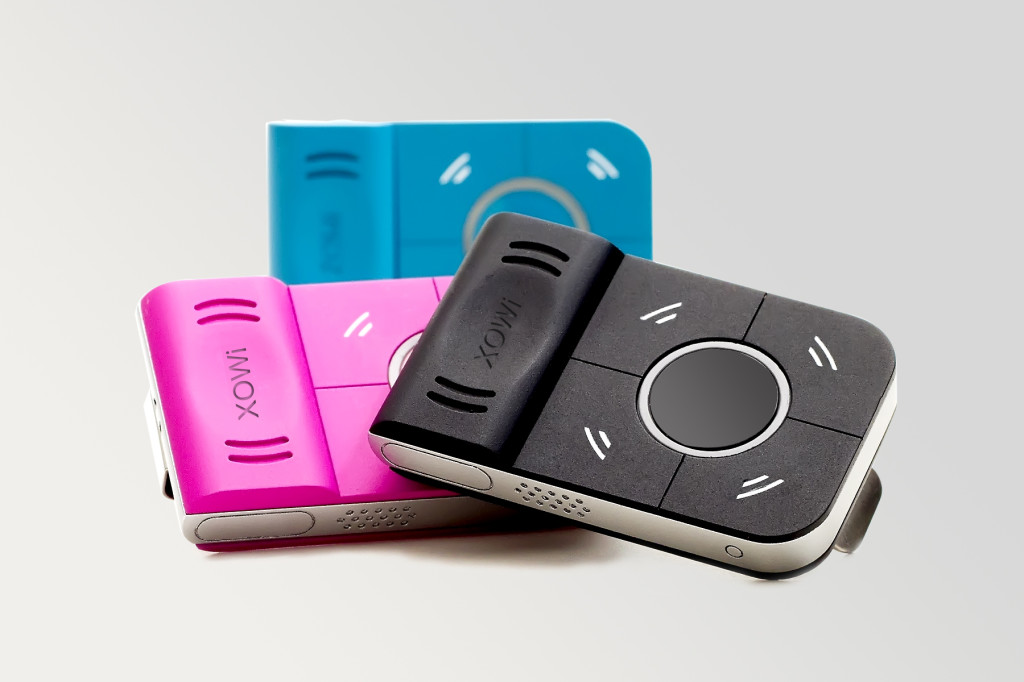
XOWis
XOWi itself basically is a lot like Apple’s iPod Shuffle, besides for the fact that the only thing the Shuffle does is play music. The XOWi, a little clip, can be put on computers, lamps, books, but it is mainly meant to be put on your shirt’s collar, or as a necklace. To activate XOWi, all you have to do is press the little button that takes up most of XOWi’s hardware. XOWi is really only about the size of a small mint can. Meanwhile, Siri is the size of an iPhone (obviously) and still takes up both of your hands. The great thing about XOWi is that it speaks back the answer like a human would, unlike Siri or Google Now, which usually shows you a list or map.
XOWi has many different functions, including the ones Siri has, except XOWi has more that would be more useful without a phone in everyday life. For instance, XOWi can take notes that you can easily have played back to you, or tell jokes. Another feature that is quite useful, if not more for the younger generation, is the Quiz feature. XOWi can even quiz you on certain topics. All these features, plus more, are being added to by developers everywhere.
XOWi is the perfect tool to illustrate the new age of technology. A crowd-funded project, XOWi is a small startup in need of money. Their product is a tool to make you life mobile phone-based and more handsfree. It uses speech-recognition tech to let you do many thing that otherwise would involve a smartphone. Right now, we are on the computer a big percentage of the day (not counting night). XOWi, and other wearable tech projects such as Google Glass and Galaxy Gear are still technology, but they are trying to let you live your life at the same time.
